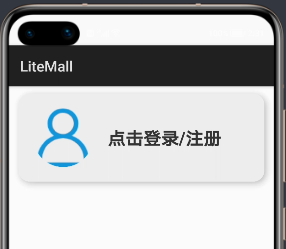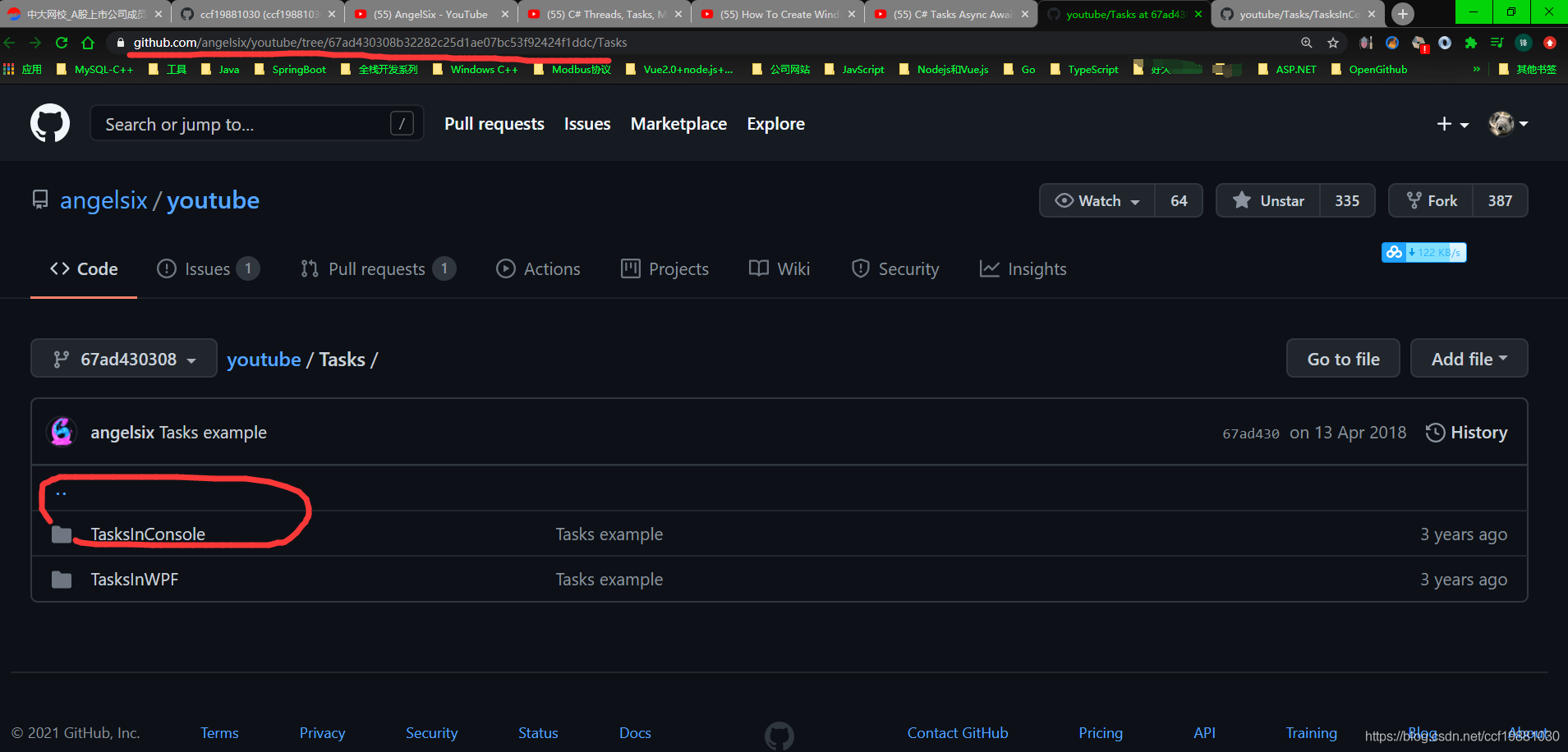我试图找到我如何使用Redis的和龙卷风是异步的。 我发现龙卷风redis的 ,但我需要的不仅仅是增加yield中的代码。
我有以下代码:
import redis
import tornado.web
class WaiterHandler(tornado.web.RequestHandler):
@tornado.web.asynchronous
def get(self):
client = redis.StrictRedis(port=6279)
pubsub = client.pubsub()
pubsub.subscribe('test_channel')
for item in pubsub.listen():
if item['type'] == 'message':
print item['channel']
print item['data']
self.write(item['data'])
self.finish()
class GetHandler(tornado.web.RequestHandler):
def get(self):
self.write("Hello world")
application = tornado.web.Application([
(r"/", GetHandler),
(r"/wait", WaiterHandler),
])
if __name__ == '__main__':
application.listen(8888)
print 'running'
tornado.ioloop.IOLoop.instance().start()
我需要获得访问/ URL,并得到了“Hello World”的同时,有一个在挂起的请求/wait 。 我该怎么做?
你不应该在主线程龙卷风Redis的使用发布/订阅,因为它会阻止IO循环。 您可以处理来自Web客户端的长轮询在主线程,但你应该创造适合听Redis的一个单独的线程。 然后,您可以使用ioloop.add_callback()和/或threading.Queue当您收到消息,与主线程通信。
您需要使用龙卷风IOLoop兼容Redis的客户端。
有几个人可用, toredis , brukva等。
下面是toredis发布订阅例如: https://github.com/mrjoes/toredis/blob/master/tests/test_handler.py
对于Python> = 3.3,我会建议你使用aioredis 。 我没有测试下面的代码,但它应该是这样的:
import redis
import tornado.web
from tornado.web import RequestHandler
import aioredis
import asyncio
from aioredis.pubsub import Receiver
class WaiterHandler(tornado.web.RequestHandler):
@tornado.web.asynchronous
def get(self):
client = await aioredis.create_redis((host, 6279), encoding="utf-8", loop=IOLoop.instance().asyncio_loop)
ch = redis.channels['test_channel']
result = None
while await ch.wait_message():
item = await ch.get()
if item['type'] == 'message':
print item['channel']
print item['data']
result = item['data']
self.write(result)
self.finish()
class GetHandler(tornado.web.RequestHandler):
def get(self):
self.write("Hello world")
application = tornado.web.Application([
(r"/", GetHandler),
(r"/wait", WaiterHandler),
])
if __name__ == '__main__':
print 'running'
tornado.ioloop.IOLoop.configure('tornado.platform.asyncio.AsyncIOLoop')
server = tornado.httpserver.HTTPServer(application)
server.bind(8888)
# zero means creating as many processes as there are cores.
server.start(0)
tornado.ioloop.IOLoop.instance().start()
好了,这是我的我怎么会用GET请求做例子。
我加了两个主要组件:
第一种是简单的螺纹发布订阅监听器,追加新的消息到本地列表对象。 我还添加列表存取到类,这样你就可以从监听线程,如果你是从常规列表读取读取。 至于你WebRequest而言,你只是从本地列表对象读取数据。 这立即返回,并不会阻止从完成或不被接受和处理将来的请求当前的请求。
class OpenChannel(threading.Thread):
def __init__(self, channel, host = None, port = None):
threading.Thread.__init__(self)
self.lock = threading.Lock()
self.redis = redis.StrictRedis(host = host or 'localhost', port = port or 6379)
self.pubsub = self.redis.pubsub()
self.pubsub.subscribe(channel)
self.output = []
# lets implement basic getter methods on self.output, so you can access it like a regular list
def __getitem__(self, item):
with self.lock:
return self.output[item]
def __getslice__(self, start, stop = None, step = None):
with self.lock:
return self.output[start:stop:step]
def __str__(self):
with self.lock:
return self.output.__str__()
# thread loop
def run(self):
for message in self.pubsub.listen():
with self.lock:
self.output.append(message['data'])
def stop(self):
self._Thread__stop()
第二个是ApplicationMixin类。 这你有你的Web请求类的辅助对象继承,以增加功能和属性。 在这种情况下,它会检查通道侦听器是否已经存在请求的渠道,创建一个如果没有被发现,并返回监听器处理到的WebRequest。
# add a method to the application that will return existing channels
# or create non-existing ones and then return them
class ApplicationMixin(object):
def GetChannel(self, channel, host = None, port = None):
if channel not in self.application.channels:
self.application.channels[channel] = OpenChannel(channel, host, port)
self.application.channels[channel].start()
return self.application.channels[channel]
WebRequest类现在把听者仿佛它是一个静态列表(记住,你需要给self.write字符串)
class ReadChannel(tornado.web.RequestHandler, ApplicationMixin):
@tornado.web.asynchronous
def get(self, channel):
# get the channel
channel = self.GetChannel(channel)
# write out its entire contents as a list
self.write('{}'.format(channel[:]))
self.finish() # not necessary?
最后,创建应用程序后,我添加了一个空的字典作为一个属性
# add a dictionary containing channels to your application
application.channels = {}
除了正在运行的线程的一些清理,一旦你退出应用程序
# clean up the subscribed channels
for channel in application.channels:
application.channels[channel].stop()
application.channels[channel].join()
完整的代码:
import threading
import redis
import tornado.web
class OpenChannel(threading.Thread):
def __init__(self, channel, host = None, port = None):
threading.Thread.__init__(self)
self.lock = threading.Lock()
self.redis = redis.StrictRedis(host = host or 'localhost', port = port or 6379)
self.pubsub = self.redis.pubsub()
self.pubsub.subscribe(channel)
self.output = []
# lets implement basic getter methods on self.output, so you can access it like a regular list
def __getitem__(self, item):
with self.lock:
return self.output[item]
def __getslice__(self, start, stop = None, step = None):
with self.lock:
return self.output[start:stop:step]
def __str__(self):
with self.lock:
return self.output.__str__()
# thread loop
def run(self):
for message in self.pubsub.listen():
with self.lock:
self.output.append(message['data'])
def stop(self):
self._Thread__stop()
# add a method to the application that will return existing channels
# or create non-existing ones and then return them
class ApplicationMixin(object):
def GetChannel(self, channel, host = None, port = None):
if channel not in self.application.channels:
self.application.channels[channel] = OpenChannel(channel, host, port)
self.application.channels[channel].start()
return self.application.channels[channel]
class ReadChannel(tornado.web.RequestHandler, ApplicationMixin):
@tornado.web.asynchronous
def get(self, channel):
# get the channel
channel = self.GetChannel(channel)
# write out its entire contents as a list
self.write('{}'.format(channel[:]))
self.finish() # not necessary?
class GetHandler(tornado.web.RequestHandler):
def get(self):
self.write("Hello world")
application = tornado.web.Application([
(r"/", GetHandler),
(r"/channel/(?P<channel>\S+)", ReadChannel),
])
# add a dictionary containing channels to your application
application.channels = {}
if __name__ == '__main__':
application.listen(8888)
print 'running'
try:
tornado.ioloop.IOLoop.instance().start()
except KeyboardInterrupt:
pass
# clean up the subscribed channels
for channel in application.channels:
application.channels[channel].stop()
application.channels[channel].join()




